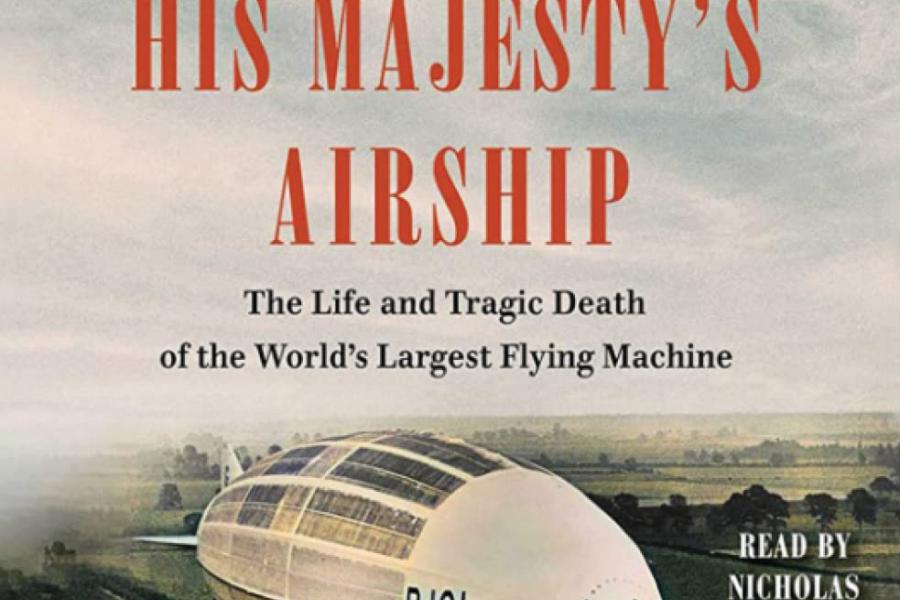A former journalist and Pulitzer finalist, S.C. Gwynne, A&S '77 (MA), has written seven nonfiction books on subjects as disparate as football, banking, and the Civil War. His latest compelling foray looks into airships, particularly one with a huge psychic payload.
His Majesty's Airship: The Life and Tragic Death of the World's Largest Flying Machine begins in medias res as our hero, Christopher Birdwood Thomson, Britain's secretary of state for air, joins the passengers and crew of the craft for its debut voyage, a 5,000-mile journey from England to India in October 1930.
A talented linguist, veteran of five wars, expert traveler, accomplished politico, and suave raconteur, Thomson has a personality as big as his 6-foot-5-inch frame. The presence and promise of R101, the airship that he has nurtured to fruition, are even bigger. Larger by volume than the Titanic, the doomed dirigible emerges from the countryside and the page like a "giant silver fish," Gwynne writes.
The hydrogen-filled behemoth could reach its destination in just four days, far speedier than the still-in-its-infancy commercial airplane and the lumbering but elegant ocean liner, and it could do it in style, decked out in all the trompe l'oeil Art Deco trimmings, with lighter materials like aluminum and balsa wood called upon to suggest marble and oak.
Gwynne toggles between novelistic dramatizations of the passage of that fateful night and drier segments detailing the technical specifications and history of airships, as well as the backstory and building of R101. Periodically, a new character is introduced and fleshed out, including members of the inaugural crew and, notably, Thomson's longtime paramour, Marthe Bibesco, a married Romanian princess.
Their romance pales in comparison to the larger one at hand, though: the love of empire, of travel, of technology that defined the Victorians. "Something about the airship tugged at national heartstrings," Gwynne writes near the end. "Something about its colossal size and ambitions."








